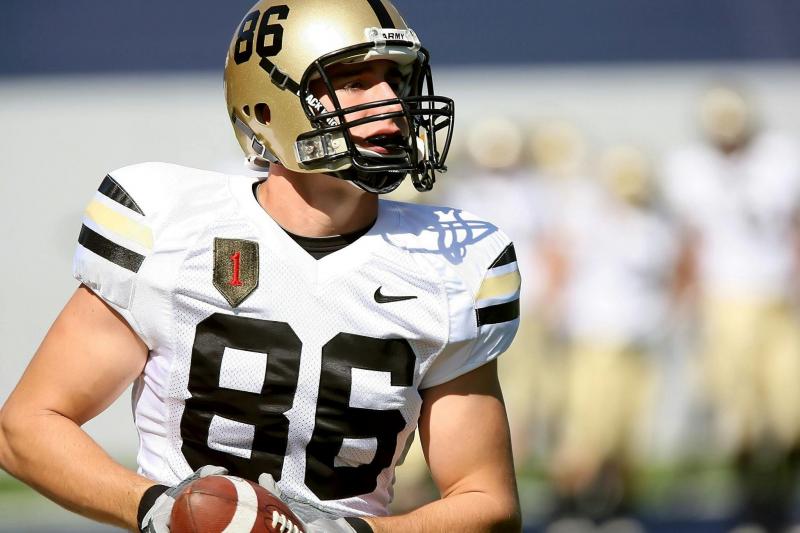In sports, true victory is not only measured in medals or records but in the steady resilience of those who overcome unseen barriers. Among these are athletes living and thriving with hearing challenges, individuals who demonstrate that adaptability, focus, and courage can redefine competitive excellence.
Understanding Hearing Challenges in Sports
Hearing difficulties often go unnoticed in athletics, yet they are more common than many assume. Constant exposure to roaring crowds, whistles, loud machinery, or high-impact collisions can all affect hearing over time. From football fields to swimming pools, athletes encounter conditions that can lead to temporary or permanent hearing changes.
Common Causes Include
- Noise exposure: Prolonged loud environments, such as cheering crowds, engines, or gunfire in shooting sports, can damage the inner ear.
- Head injuries: Concussions or traumatic brain injuries may disrupt the auditory nerve or brain pathways responsible for sound processing.
- Water-related infections: Swimmers and divers are prone to ear infections that, if left untreated, may result in lasting damage.
For some athletes, hearing challenges begin at birth with conditions like microtia, where the outer ear is underdeveloped or missing. Beyond affecting appearance, microtia can reduce hearing ability and impact balance, coordination, and communication, all critical in sports.
Modern solutions such as reconstructive surgery, bone-anchored hearing systems, and advanced hearing aids have changed what’s possible. These treatments not only restore function but also rebuild confidence, allowing young athletes to train and perform alongside peers with assurance. Learning more about this condition and available treatment options, you can navigate this website for further insights. Many discover that overcoming early hearing limitations strengthens their mental resilience, an advantage that often becomes their most powerful tool in competition.
By increasing awareness and improving access to microtia treatments, we can empower more athletes to reach their goals and show that determination and adaptability can outshine any physical challenge.
Adapting to Compete: How Hearing Loss Shapes Performance
Athletes with hearing loss often face unique barriers, but many develop innovative ways to adapt. Their approach is both strategic and disciplined.
Step 1: Use Visual Communication
Team coordination does not rely solely on sound. Visual cues such as gestures, light signals, or pre-set signs help replace verbal instructions. Coaches and teammates who adopt these methods build stronger, more inclusive teams.
Step 2: Strengthen Visual Awareness
Many hearing-impaired athletes excel in visual and spatial awareness. They read movement patterns, body language, and game flow with precision. This heightened awareness can improve reaction time and decision-making, particularly in fast-paced sports.
Step 3: Focus Through Silence
Competing without sound often sharpens concentration. Without background noise, many athletes enter a deep mental zone that enhances focus and performance under pressure.
Managing Emotional and Social Impacts
Hearing loss can affect more than performance, it can influence self-esteem and social connection. Feeling excluded from team communication or casual locker-room conversations can create frustration or isolation.
To counter this, coaches and peers can take practical steps:
- Maintain eye contact when speaking.
- Use visual aids during briefings.
- Encourage open discussions about hearing needs.
Creating an inclusive environment helps athletes feel valued and supported, strengthening both morale and teamwork.
Leveraging Technology for Better Performance
Modern hearing technology continues to transform sports participation. Today’s devices are built for active use, lightweight, durable, and adaptive.
Practical Solutions Include
- Sweat- and water-resistant hearing aids for outdoor and high-intensity training.
- Bluetooth-enabled systems for receiving live feedback from coaches.
- Custom protective gear that reduces harmful noise while maintaining sound clarity.
When used correctly, these tools allow athletes to stay safe, connected, and focused during every stage of training and competition.
Building Inclusive Sports Communities
Inclusion begins with awareness and practical action. Sports organizations can take meaningful steps to ensure equal opportunities for all athletes:
- Encourage regular hearing screenings for those in high-noise sports.
- Incorporate non-verbal communication into coaching routines.
- Offer training for staff and teammates on hearing accessibility.
- Highlight stories of athletes with hearing challenges to promote visibility and inspiration.
Through consistent practice and education, we can create environments where every athlete, regardless of hearing ability, can thrive.
Beyond individual effort, collaboration among medical professionals, athletic organizations, and educators is essential to sustaining progress. By promoting research on sports-related hearing issues, funding adaptive technology, and developing inclusive athletic programs in schools, we create lasting opportunities. These combined efforts ensure every athlete, regardless of hearing ability, has a fair chance to excel.
Conclusion: Redefining Strength and Success
Athletes with hearing challenges remind us that strength is not defined by sound but by perseverance. Their ability to adapt, communicate, and compete reflects an inner discipline that elevates the entire sporting community.
By supporting hearing awareness, advancing access to treatment, and embracing inclusive practices, we don’t just improve performance, we redefine what it means to be strong, capable, and united in the pursuit of excellence.

